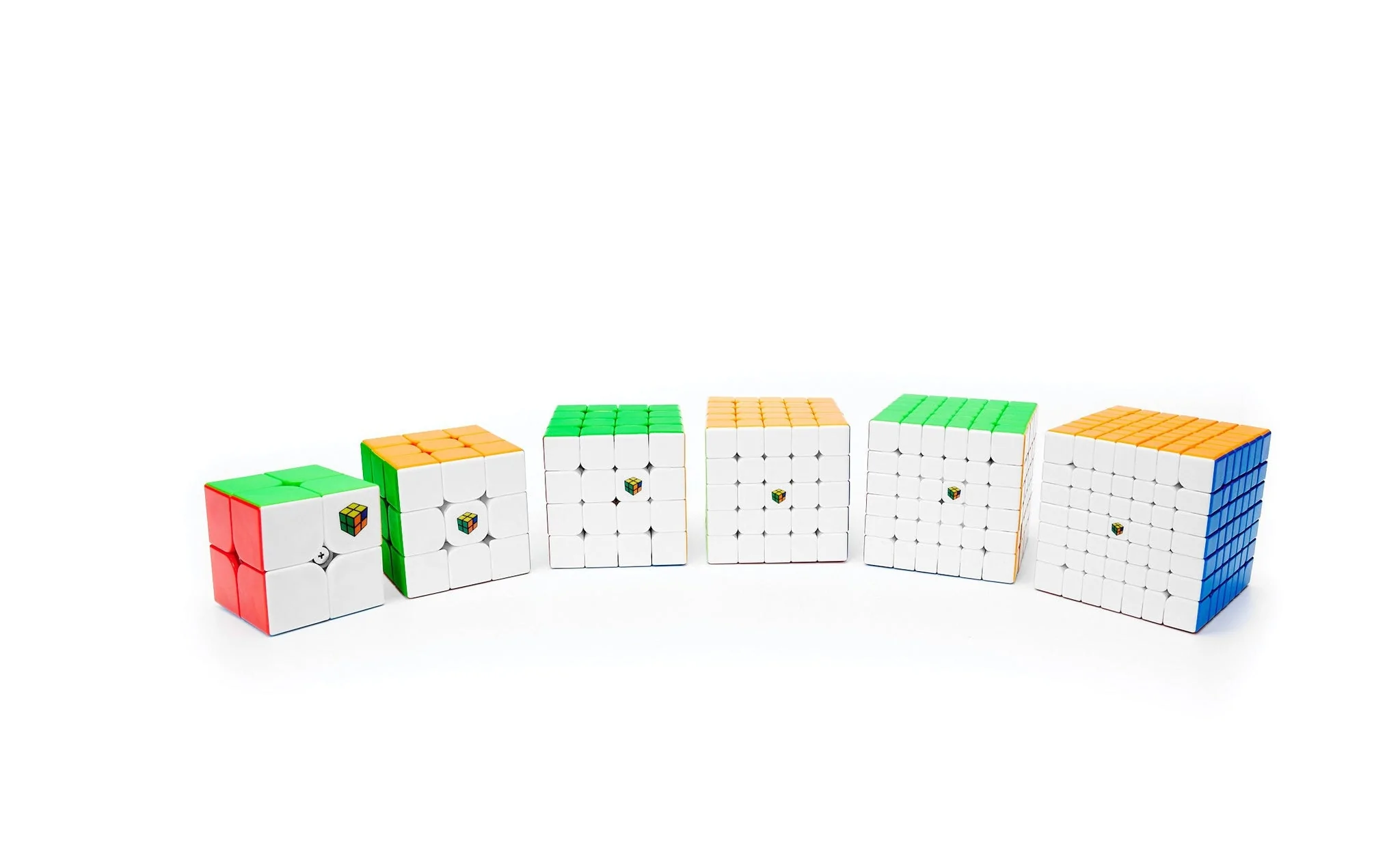How to Solve the 1x1 Rubik's Cube
- Post by: Public
- on: 24-03-23
The 1x1 Rubik's Cube is by far the hardest puzzle in the world. But with a little bit of practice and following the correct steps you can solve it!
The cube was invented in 1974 by Erno Rubik, a Hungarian architecture professor. He initially used it as a teaching tool to help his students visualize complex structures in three dimensions.
How to solve it
A Rubik's cube is a three-dimensional puzzle with six centre pieces that pivot on screws. A spring between each screw head and its corresponding piece tensions the pieces inward, so that the cube remains compact but can be easily manipulated.
In order to solve a Rubik's cube, there are a number of algorithms that can be used. These algorithms are memorised sequences of moves that have a specific effect on the cube.
Often, the algorithm will have a side-effect, such as changing the orientation of a certain pair of edges or swapping two corners. These are usually simpler to use at the start of a solution, but are more complex to apply towards the end.
A 1x1 Rubik's cube can be solved by turning one face at a time. It takes an average of about 100 moves to solve a 1x1 cube.
Twists
Twists and turns are a significant feature of the 1x1 Rubik's Cube. These twists and turns are not just a matter of flipping pieces over or rotating them around; these techniques can also be used to transform parts of the puzzle without changing other parts that have already been solved.
These techniques can be implemented using a number of algorithms. These algorithms can be applied to different parts of the puzzle, and they can be programmed to run repeatedly until all parts have been transformed.
For example, some algorithms are designed to cycle three corners without changing the orientation of the rest of the cube or to flip the orientation of a pair of edges while leaving the other pieces in place. These techniques are commonly employed by speedcubers to complete the puzzle in a short time frame.
Colours
The number of possible combinations in a Rubik's Cube is enormous. According to the Singmaster notation, there are over 3,000,000,000 combinations.
Many enthusiasts have devised algorithms to solve the puzzle. They use a notation called "Singmaster notation" which allows algorithms to be written without concern about the orientation of a particular face or how the colours are arranged on a specific cube.
The notation is composed of uppercase and lowercase letters corresponding to the outer sides of the cube. A letter followed by a number or an asterisk indicates a turn. For example, (Rr)' l2 f' means to turn the right front layer anticlockwise, the left inner face twice, and the outer front layer again.
Combinations
There are many different combinations that can be done with the 1x1 Rubik's Cube. This is because there are so many possible ways to arrange the six coloured faces of the cube.
One combination is to rotate the whole cube around its right side, in order to place a corner on the top of the puzzle. This is a challenging strategy to do, as it requires you to use the corners in a very specific way, and can take a long time to master.
Another combination is to turn the entire cube 90 degrees clockwise, and then turn it anticlockwise again. This is a very useful technique for reorienting the cube, as it helps to ensure that all of the sides are facing in the same direction.
A number of algorithms have been developed by Rubik's cube enthusiasts to help solve the puzzle faster. These algorithms can be written using a notation known as Singmaster notation, which allows them to be applied to any face of the cube without interfering with other parts of the puzzle that have already been solved.

Comments